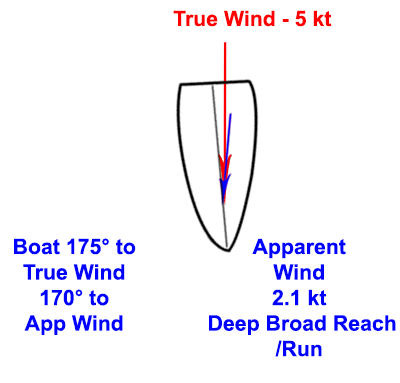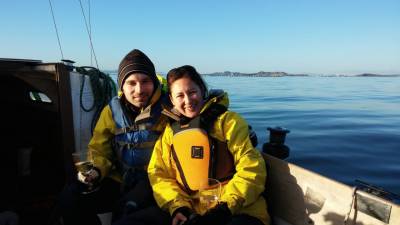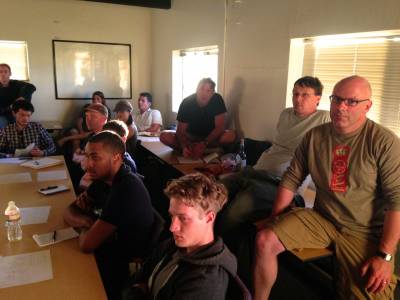



I'd visited the Delta 3 times previously - all for the ABK windsurfing camp; on the last two occcasions I had organized the trip - and I can tell you, trying to get more than a few windsurfers in one place at the same time with a cohesive set of gear is a challenge. Being a sucker for punishment, and never having sailed Sherman Island outside of ABK, I organized a club trip back in September for end of summer. This is a recap.
In the run up, I'd had interest from over 20 indivuduals. There's usually a lot of attrition and these events, and worse, as the day drew near, the forecast was for sun, but little wind. At the final count, we ended up with 8 - Myself, Wayne, Dora, Ceci, Christina, Zach, Jamie and Will joining us in the afternoon. We met at the club bright and early, and loaded up with more gear than we thought we'd possibly need. As it turned out later, we did need it.
We set off for the hour or so drive. Even with GPS, where to go isn't completely obvious - after crossing the bidge in Antioch, you drive for about 2 miles, then turn off along a narrow road along a river embankment for a further few miles. At the end are some new (this year) confusing one way systems and lots dirt due to ongoing construction. The park itself is at the end, and is $5 to go into the parking area by the "playpen", which is the nominal novice area. Only Christina and Jamie managed to get slightly lost, but not for long.
As we rigged up, the extra gear we'd broght came into use. Ceci's sail had no pulley - oops! Winching the downhaul on Dora's sail, on a non-matching mast, we put the top through the mast sleeve. Oh man! And finally, one of the booms was lacking a head. In the end, everyone ended up with workable gear - at least as much as the wind would allow.
I had hoped to teach some beachstarting - Sherman Island is fantastic for this - but the morning wind barely topped 3-4 knots, so it wasn't really to be. Despite that, both Christina and Ceci, with some lucky gusts and a little encouragement, did in fact achieve their very first beach start - hooray!
Ceci had graciously offered to prepare both lunch and dinner - also facilitating my vegan requirements - as it turns out, the non-vegan echiladas had been placed too close to a bunch of ants, and had to be picked out! However, both the enchilads and later, the curry (thankfully non-spicy), despite their simplicity, proved to be a hit with everyone, after some ingeious cooking on the tiny camp stove.
In the afternoon, the wind really died, to perhaps 2-3 knots, and we were reduced to some low-wind practice. I did venture about half way out in the river to the river marker - not something I'd attempt if there'd been much current (the delta has some quite strong tides), and we were the only sail power on the river; a couple windsurrfing in the morning had gone elsewhere.
Zach showed us some fancy backwinding, and we also saw all kinds of funky things in the river, including both live and dead fish! Also, strangley, there was an interrmittent "burping" sound, which could not be identified - no doubt a river monster or somesuch.
Apart from the lack of wind, it proved to be a beautiful day. Unfortunately, a vist that time of the year is always going to be subject to the capriicious wind gods; and although in recent years there has been wind at the end of September, it was not to be.
No matter. We'll be back. I'm already planning a trip for Spring. The ABK California schdule for 2017 has yet to be decided, but that will likely happen at the end of summer too.







